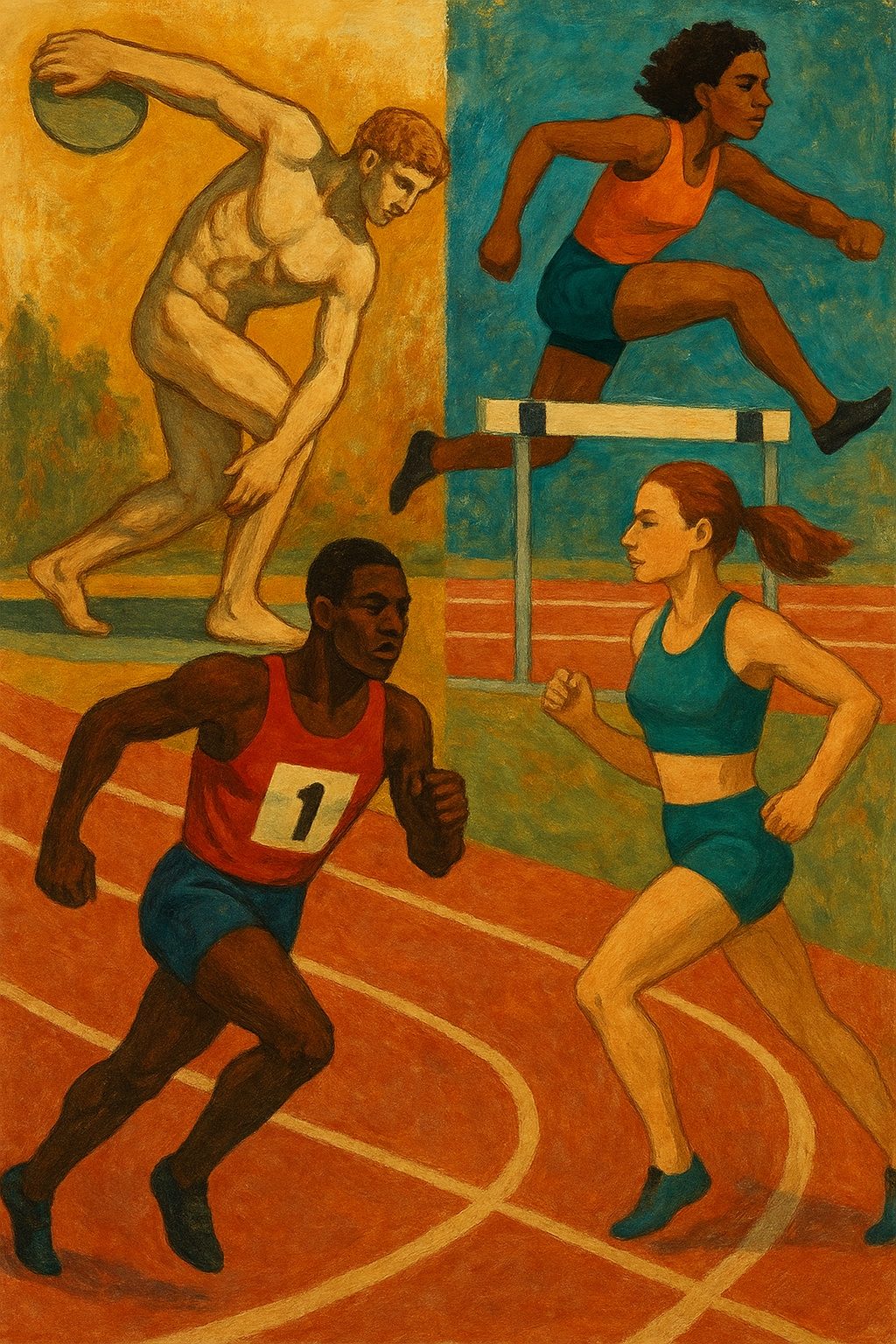
Track and field is much more than a stopwatch, a medal, or a 400-meter sprint. From ancient times to the modern Olympics, it has remained one of the most recognizable and symbolic sports — a stage where the human body seems to transcend its limits. Yet, this image of track and field as a "pure" or "natural" sport often conceals a deeper truth: that it is a deeply social arena, shaped by class, gender, and cultural norms. The history of track and field is also a history of social divisions. When the Olympic Games were revived in the late 19th century and the first athletics federations were established, they primarily served the middle and upper classes. For these groups, the sport was not only physical but also moral: discipline, fair competition, and self-improvement were seen as key values aligned with bourgeois ideals.
In the 20th century, access to track and field gradually became more widespread, thanks to public schools, municipalities, and the military. Still, internal social hierarchies remain visible. Events like long-distance running are more accessible to working-class communities due to low equipment needs, while technical events such as throws, jumps, or combined events often require coaching, facilities, and support systems usually available to those with greater resources.
Gender also plays a central role. Historically, women were excluded from many events, and even today, there are unspoken norms about what the "ideal" female body in athletics should look like. These ideals are not based on performance alone but shaped by broader cultural values — they reflect what sociologist Pierre Bourdieu called symbolic capital: a form of value that only has meaning within a specific social field.
In this field, the body is not simply a tool. It is the person. As sociologist Loïc Wacquant puts it, athletes do not wear their bodies like equipment — they are their bodies. Training, discipline, repetition, pain, praise, and rejection all leave their imprint. Over time, the body forms habits — what Bourdieu calls habitus — ways of being that are social as much as they are physical. The body carries biography. Some athletes enter the sport as an escape from hardship. Others as a continuation of social privilege. Some seek self-expression, others recognition, others survival. All of these stories are written into how they move — in a sprint, in a jump, in a throw. The track is a kind of language, and the body is always speaking.
So, why do we choose this sport? Why does it move us? The answer is never just “because I like running.” It is more often because, in this space — and not another — we found meaning. We found structure, freedom, belonging, or hope. The choice to pursue track and field is never fully individual. It is part of our social story. As Bourdieu said, “We choose what we are socially conditioned to choose.” And the body? It becomes the carrier of that story. It moves with the history we carry, acts in the present we inhabit, and aspires toward a future shaped not only by effort, but by the conditions that allow effort to matter.
Petros Lolis
Physical Education Teacher
